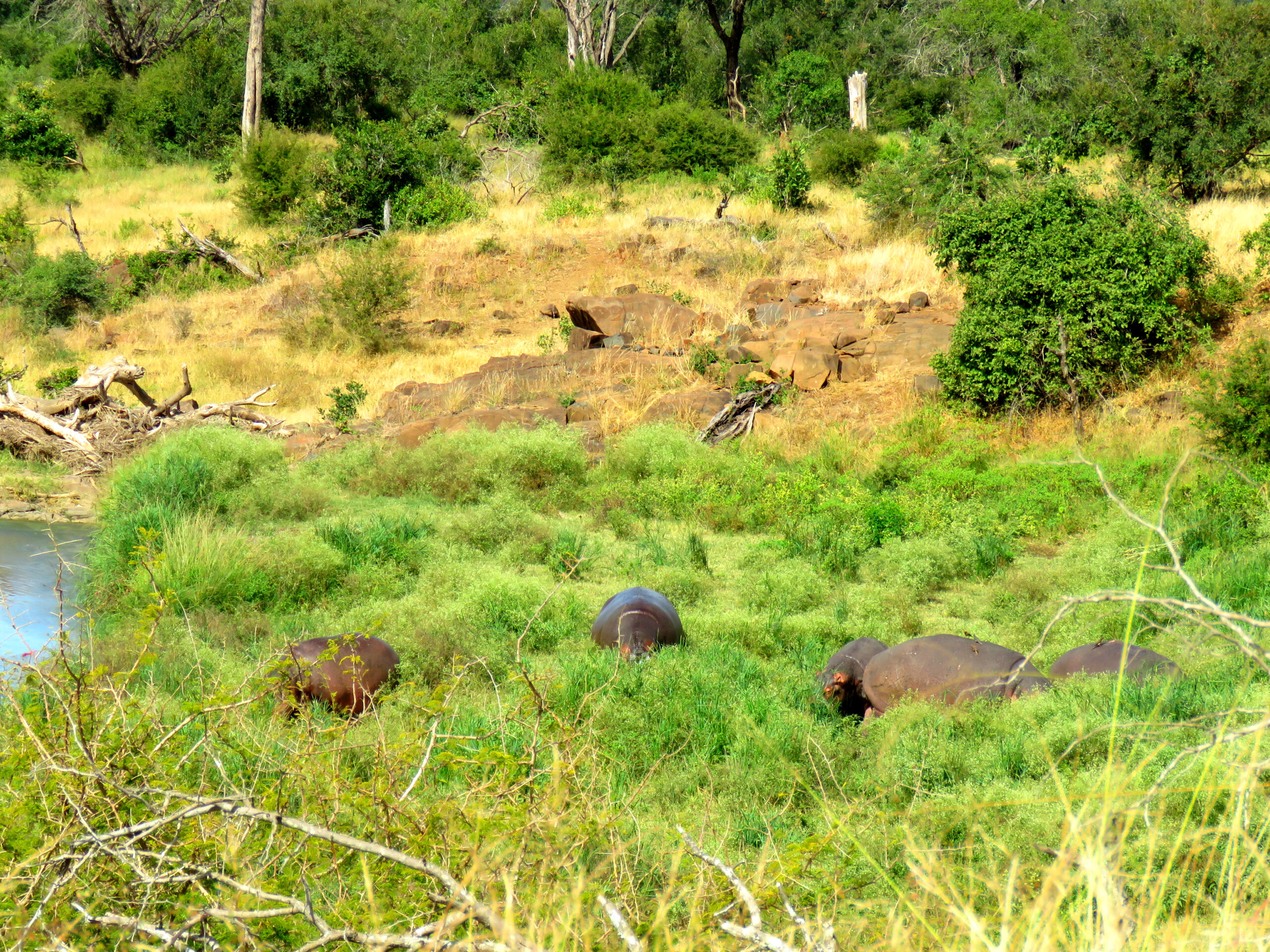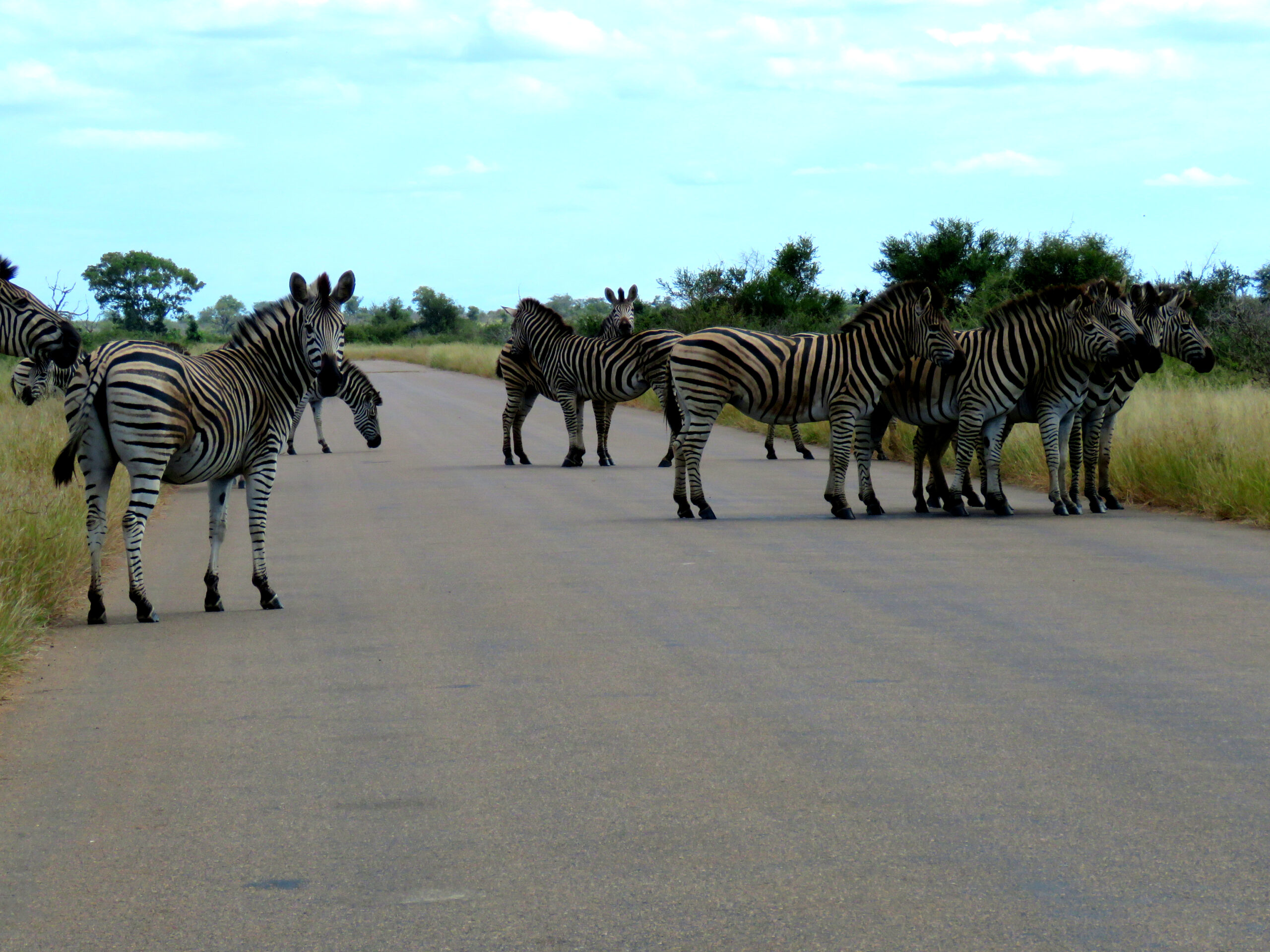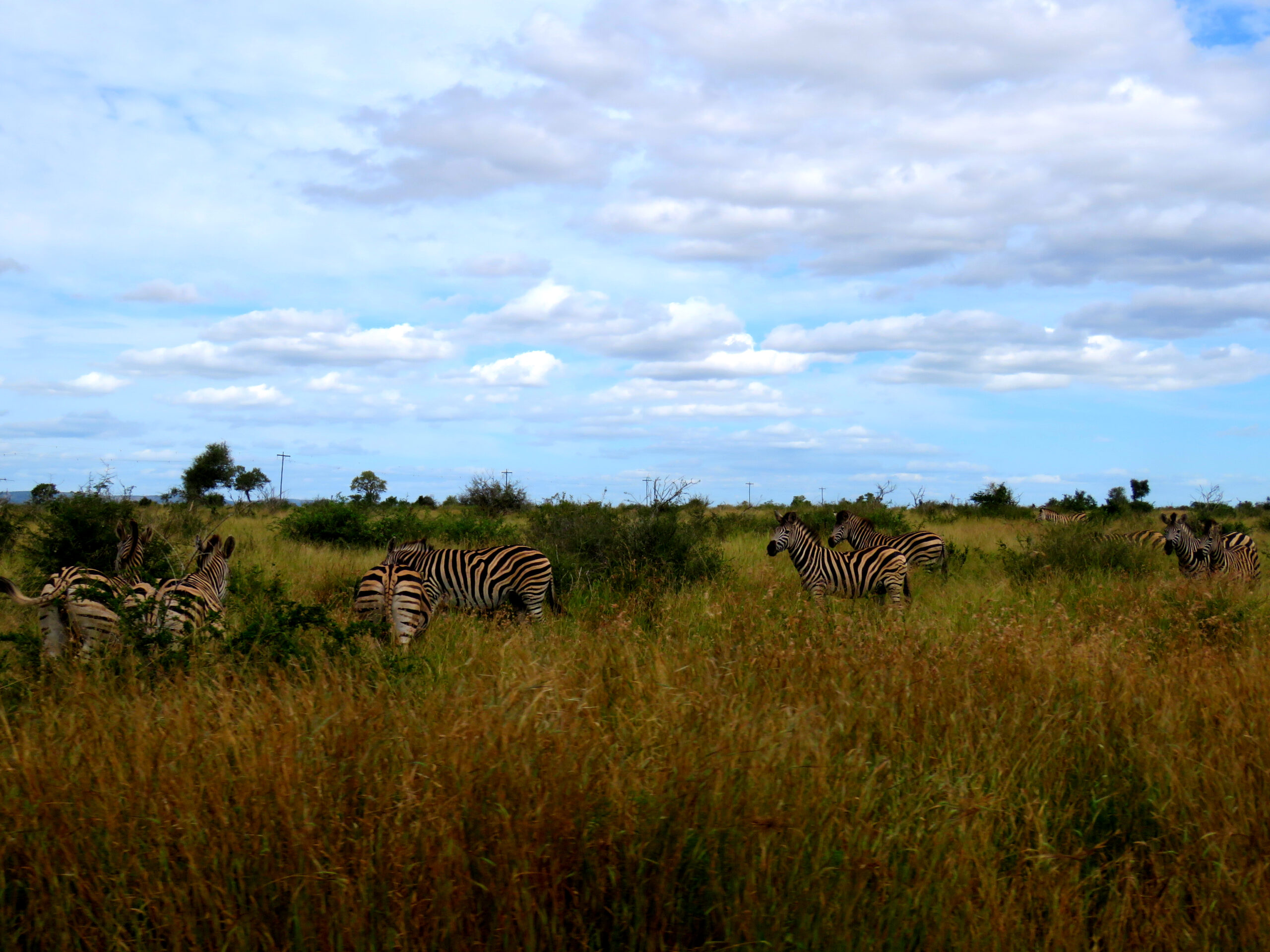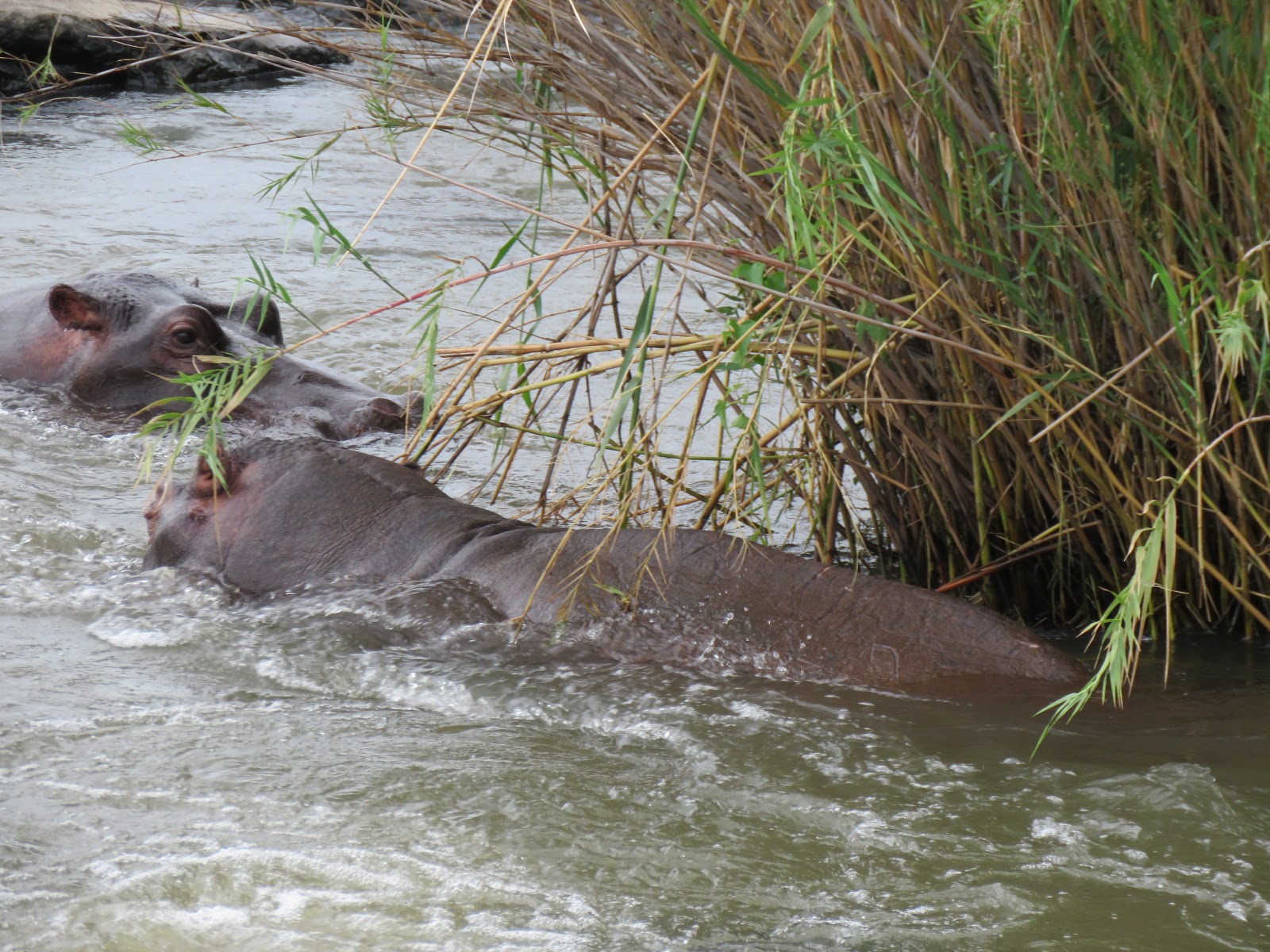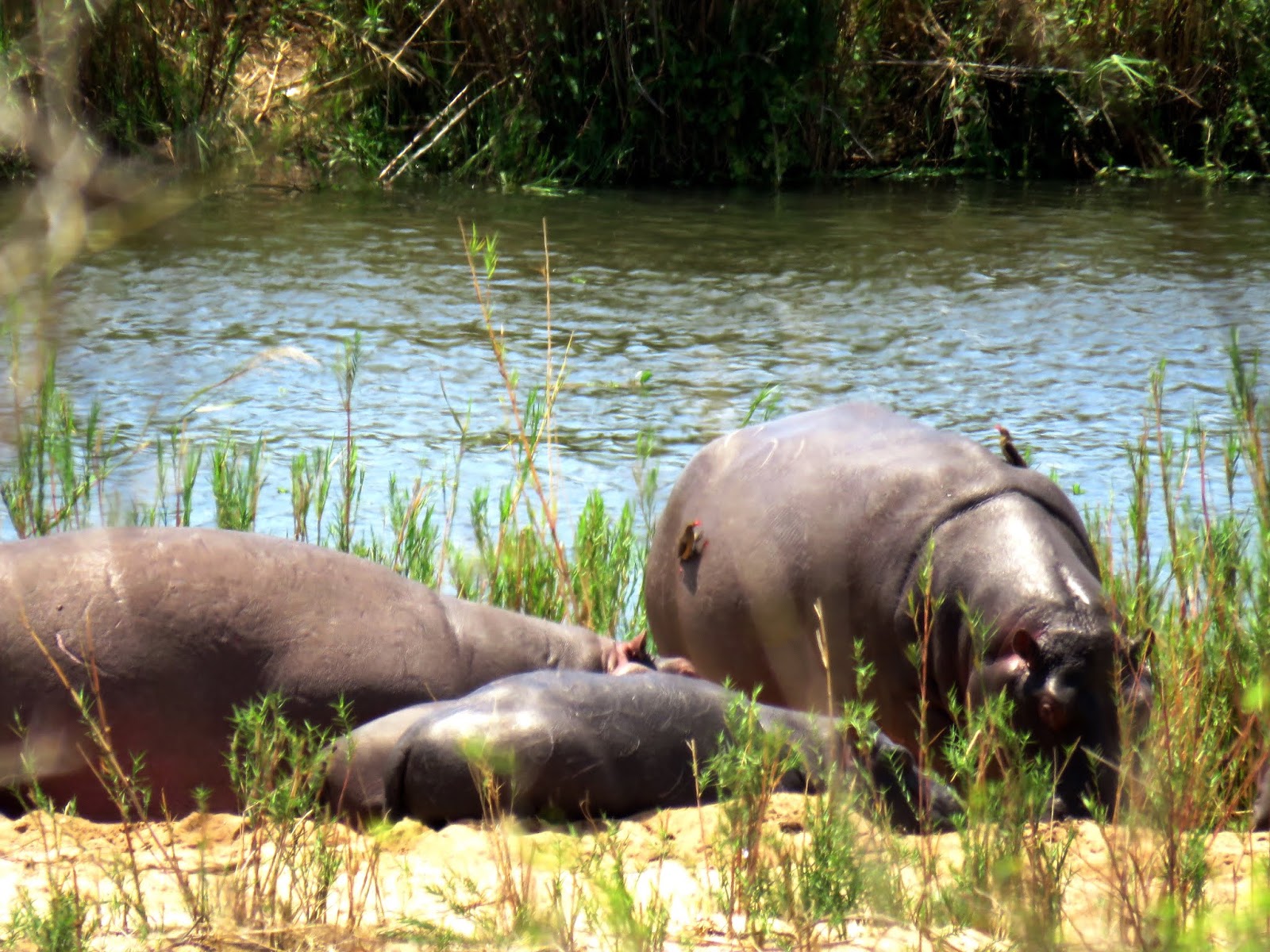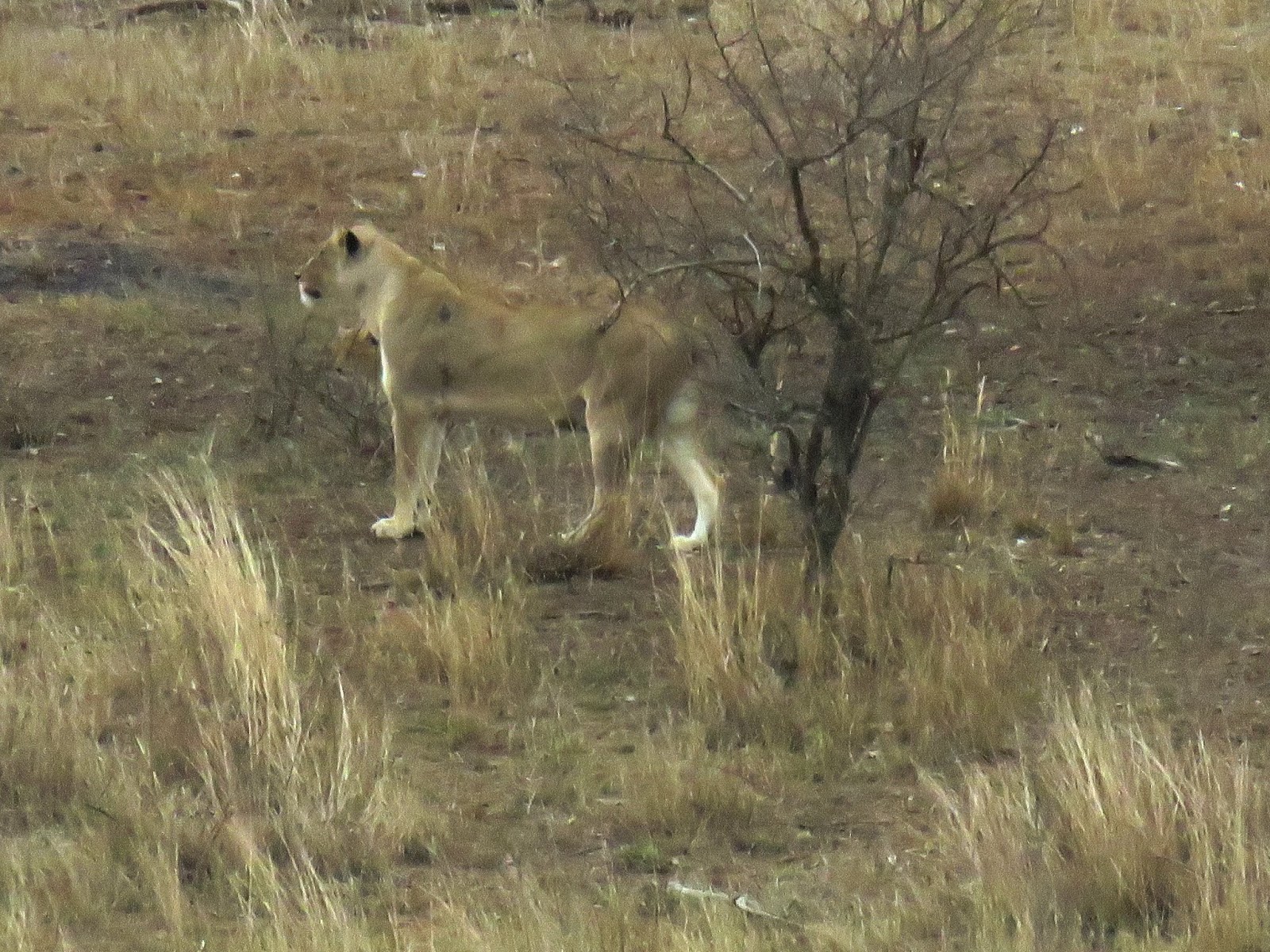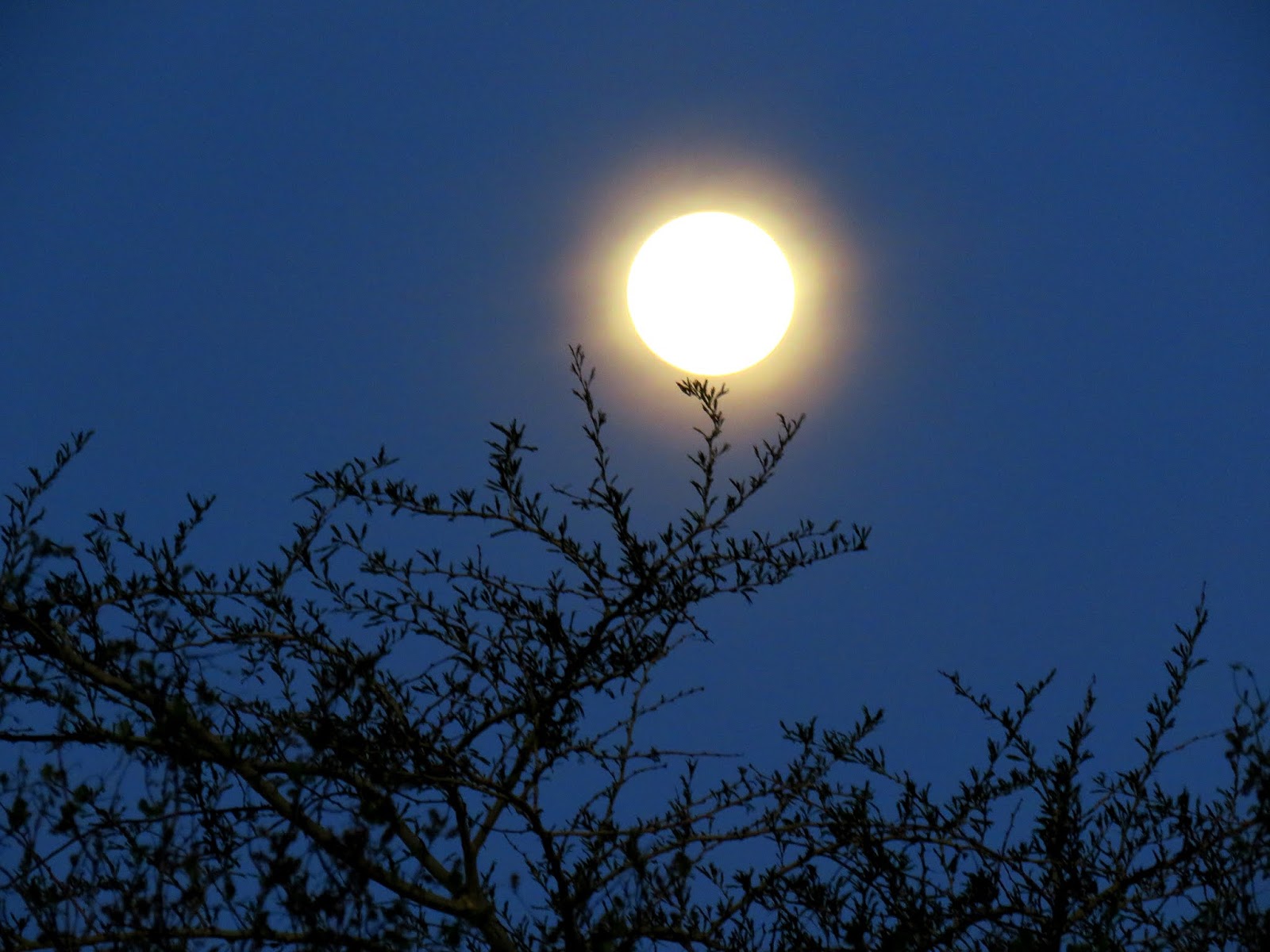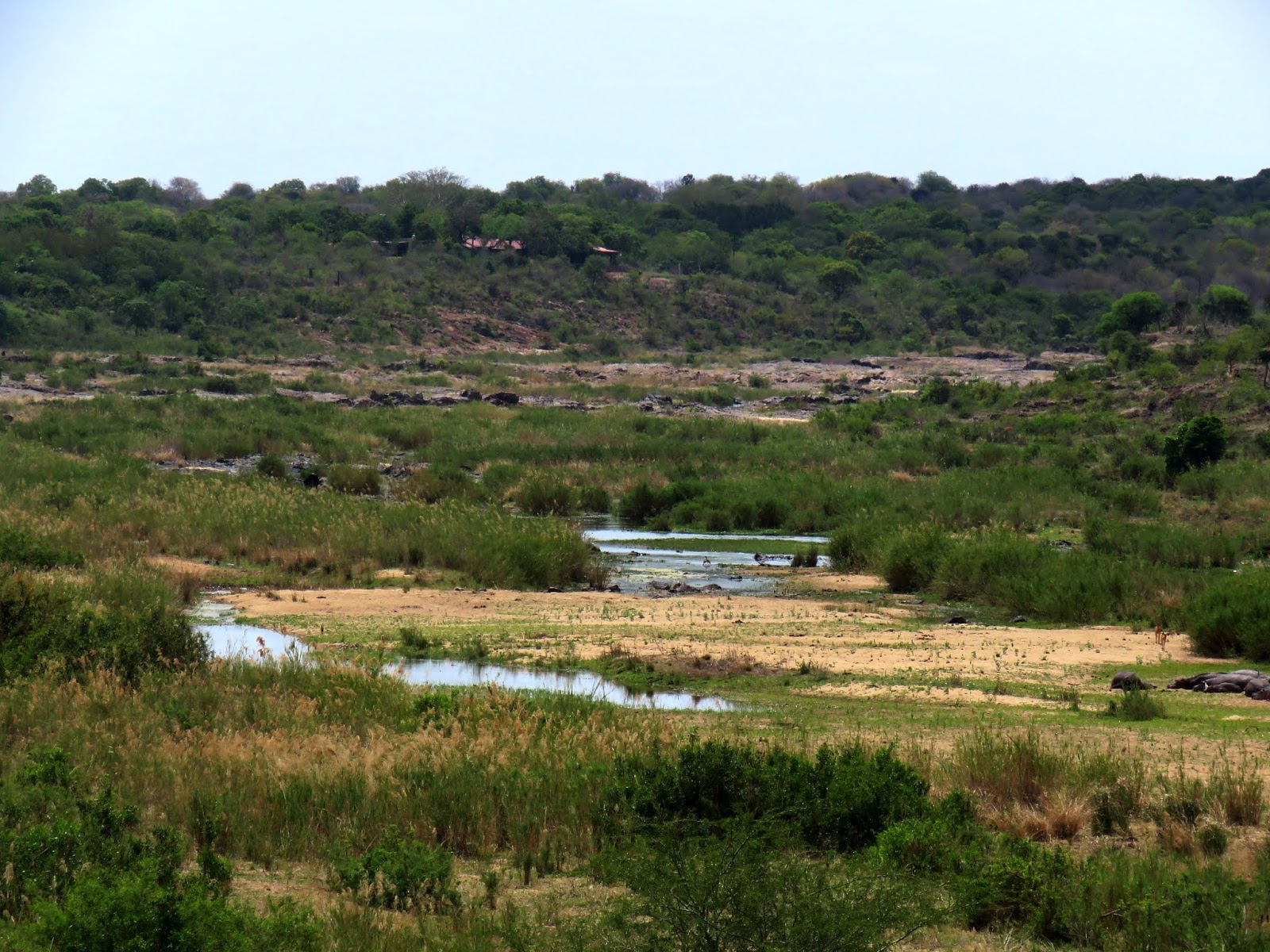
Unusual Facts About Hippos: Nature’s Unexpected Oddballs
With barrel-shaped bodies and seemingly sluggish demeanor, hippopotamuses might appear like oversized river cows, lazily basking in the water. But don’t let their sleepy expressions fool you. These massive mammals are full of surprises—some amusing, others downright bizarre. From their physiology to their social lives, hippos are anything but ordinary. Here are some of the most unusual facts about hippos that might change the way you see them.
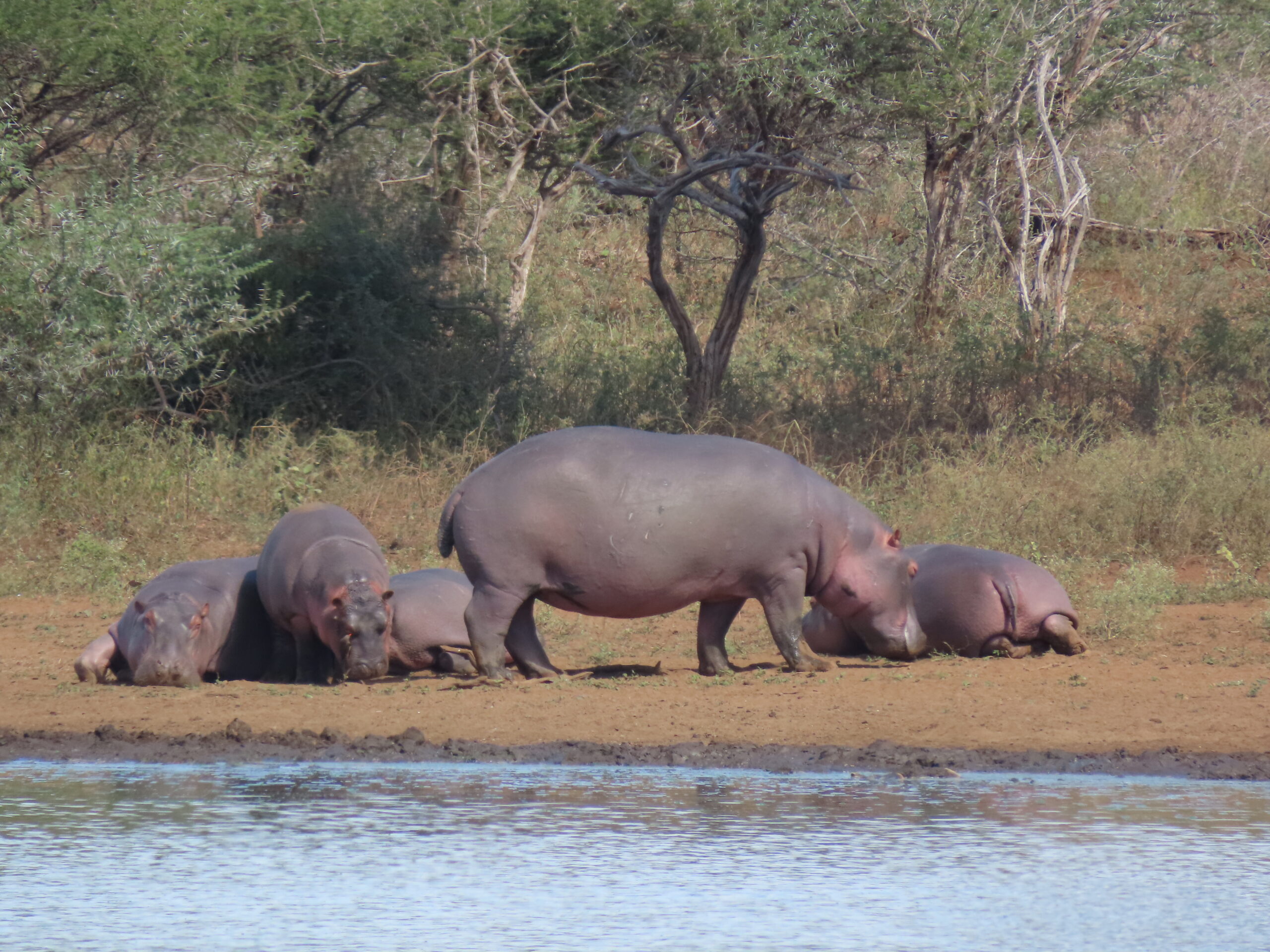
1. They Produce Their Natural Sunscreen
One of the strangest things about hippos is their ability to secrete a reddish, oily substance often called “blood sweat.” Despite the name, it’s neither blood nor sweat. This secretion acts as sunscreen and an antibiotic, protecting their sensitive skin from the harsh African sun and infections. The reddish hue may also help camouflage them in muddy water, though the science on that is still speculative.
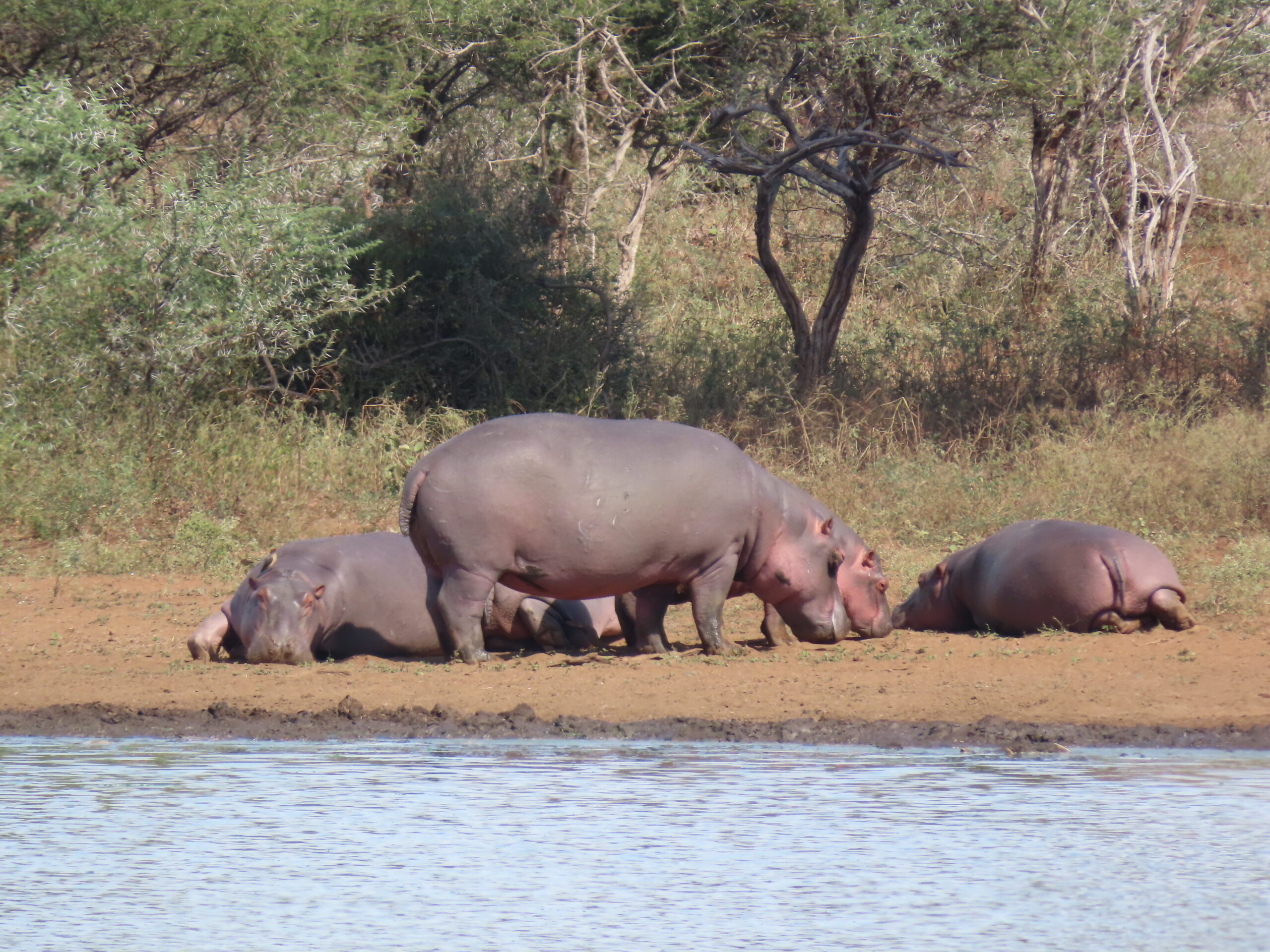
2. They Can’t Swim
Yes, they spend most of their lives in the water, but here’s the catch: hippos can’t swim in the traditional sense. Instead of paddling like other aquatic animals, they move by bouncing off the riverbed. They sink because of their dense bodies and move gracefully underwater by pushing themselves off the bottom in a sort of moonwalk motion. It’s like underwater parkour (Parkour (French: [paʁkuʁ]) is an athletic training discipline or sport in which practitioners attempt to get from one point to another in the fastest and most efficient way possible, without assisting equipment), hippo-style.
3. Hippos Are Surprisingly Fast—And Dangerous
Despite their enormous size (up to 3,500 pounds for males), hippos can run at speeds of up to 30 km/h (about 19 mph) on land for short distances. That’s faster than most humans can sprint. And in the water, they can outmaneuver boats. Combine that speed with aggression, and you get one of the most dangerous animals in Africa. Hippos are responsible for more human deaths in Africa annually than lions, elephants, or crocodiles.
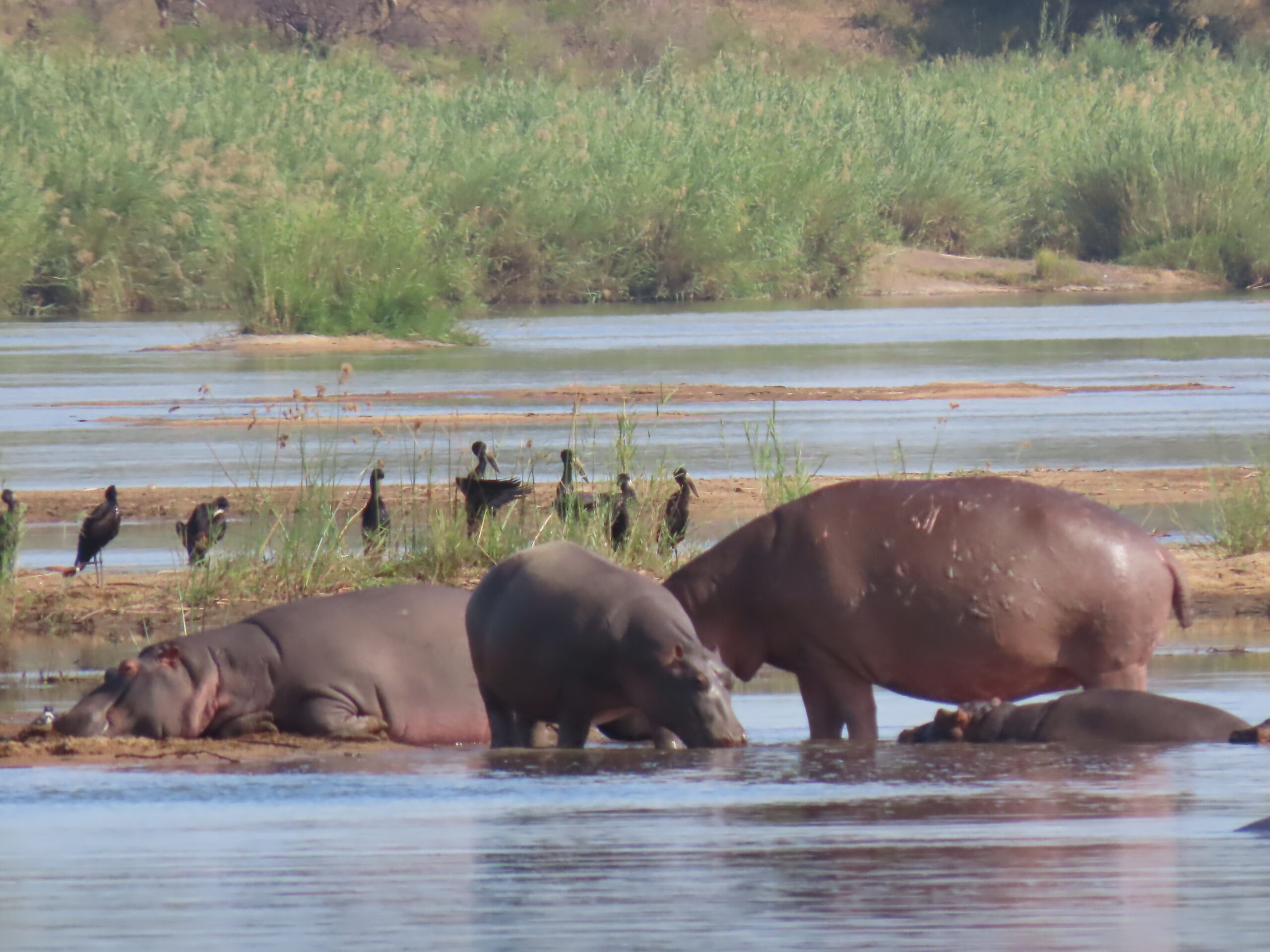
4. They Mark Territory With a Unique “Tail-Spin” Technique
Hippos are quite literal when it comes to marking their territory. They defecate while spinning their tails rapidly, spraying feces in a wide radius to mark boundaries or communicate with others. It’s messy and bizarre, but it’s also a very effective signaling method in the dense vegetation of riverbanks.
5. They Communicate Above and Below Water—At the Same Time
Hippos are incredibly vocal and communicate using grunts, bellows, and wheezes. But what’s mind-blowing is that they can make sounds that travel simultaneously through air and water. This means one hippo can “talk” to another, both above and below the water’s surface simultaneously, an incredibly rare ability in the animal kingdom.
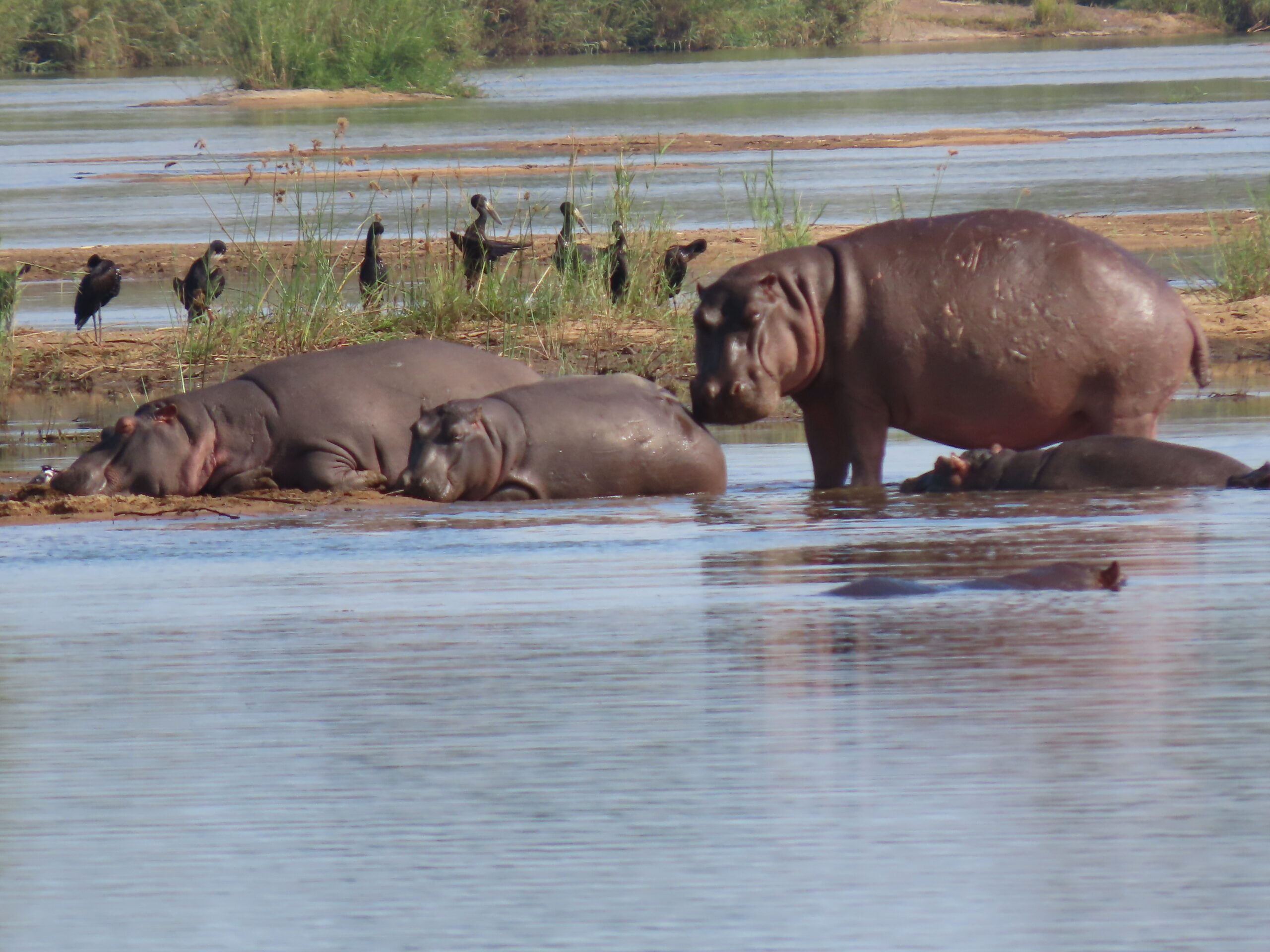
6. They’re More Closely Related to Whales Than You Might Think
Though they look like pigs or cows, hippos are actually the closest living relatives to whales and dolphins. They share a common ancestor from about 55 million years ago. This evolutionary link is supported by similarities in skull structure, social behavior, and even the composition of the blood sweat mentioned earlier.
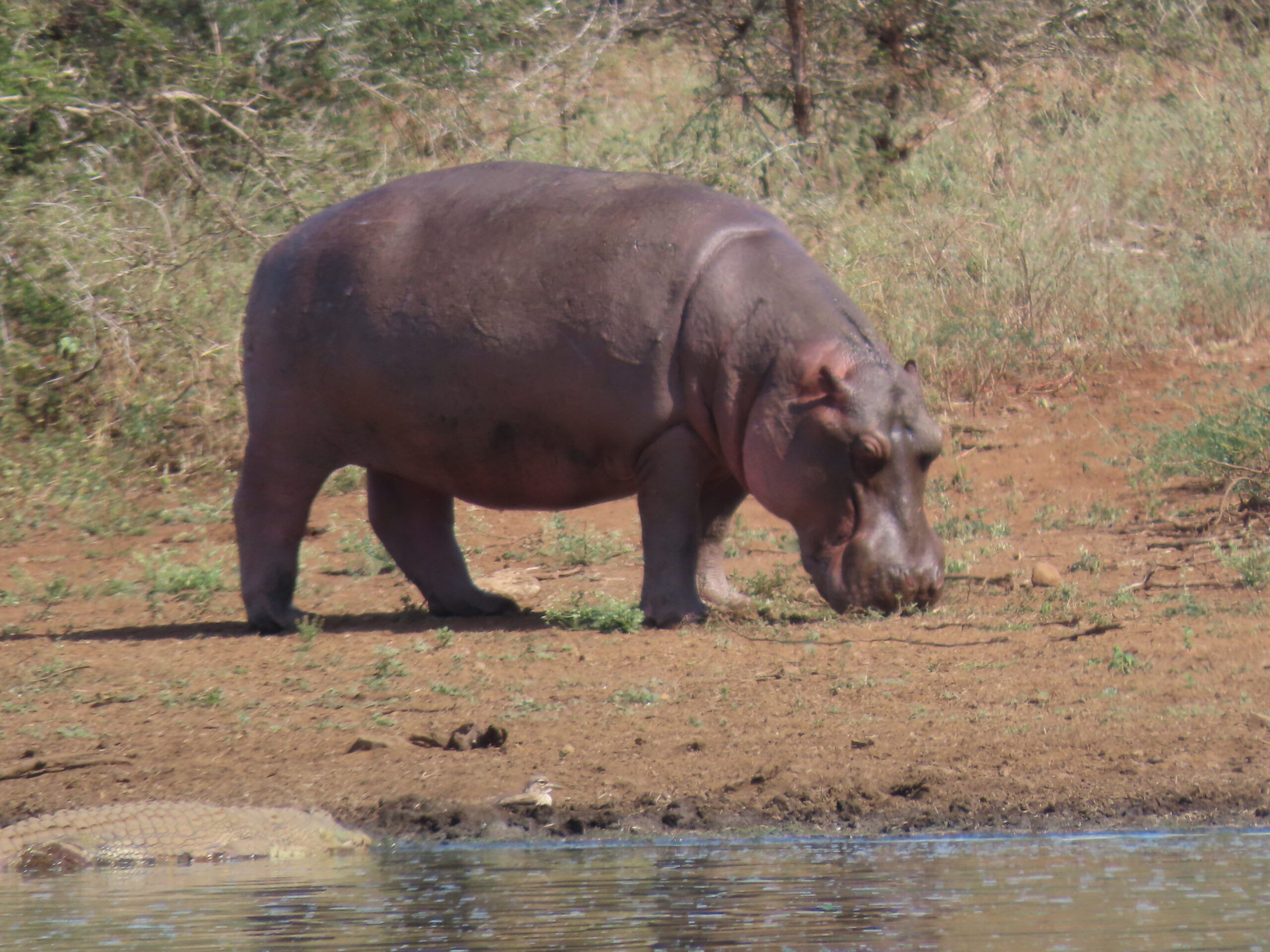
7. They Nurse Underwater
Baby hippos are born underwater and can nurse while submerged. Calves instinctively close their ears and nostrils and latch onto their mothers while floating or resting on the river bottom. It’s an adaptation that allows them to stay safe and hidden in their aquatic environment while still getting the nutrition they need.
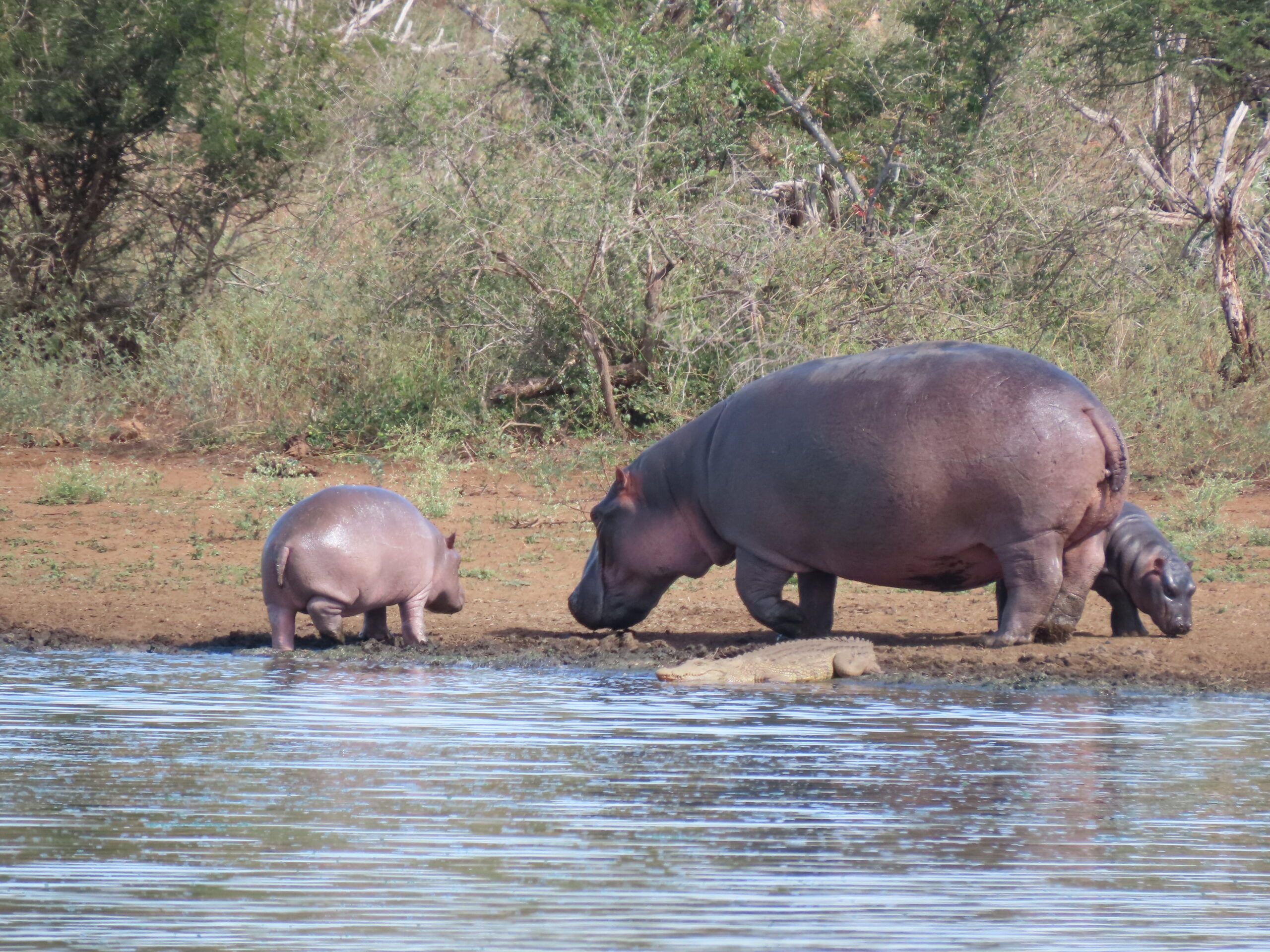
From underwater moonwalking to crimson sunblock and high-speed chases, hippos are an amazing mix of mystery, muscle, and mischief. Often underestimated and misunderstood, they’re one of nature’s most unusual creatures—living proof that you can’t judge a book (or a hippo) by its cover.
Let the hippo remind us that even the slowest-looking animals might be hiding some seriously wild secrets just beneath the surface.
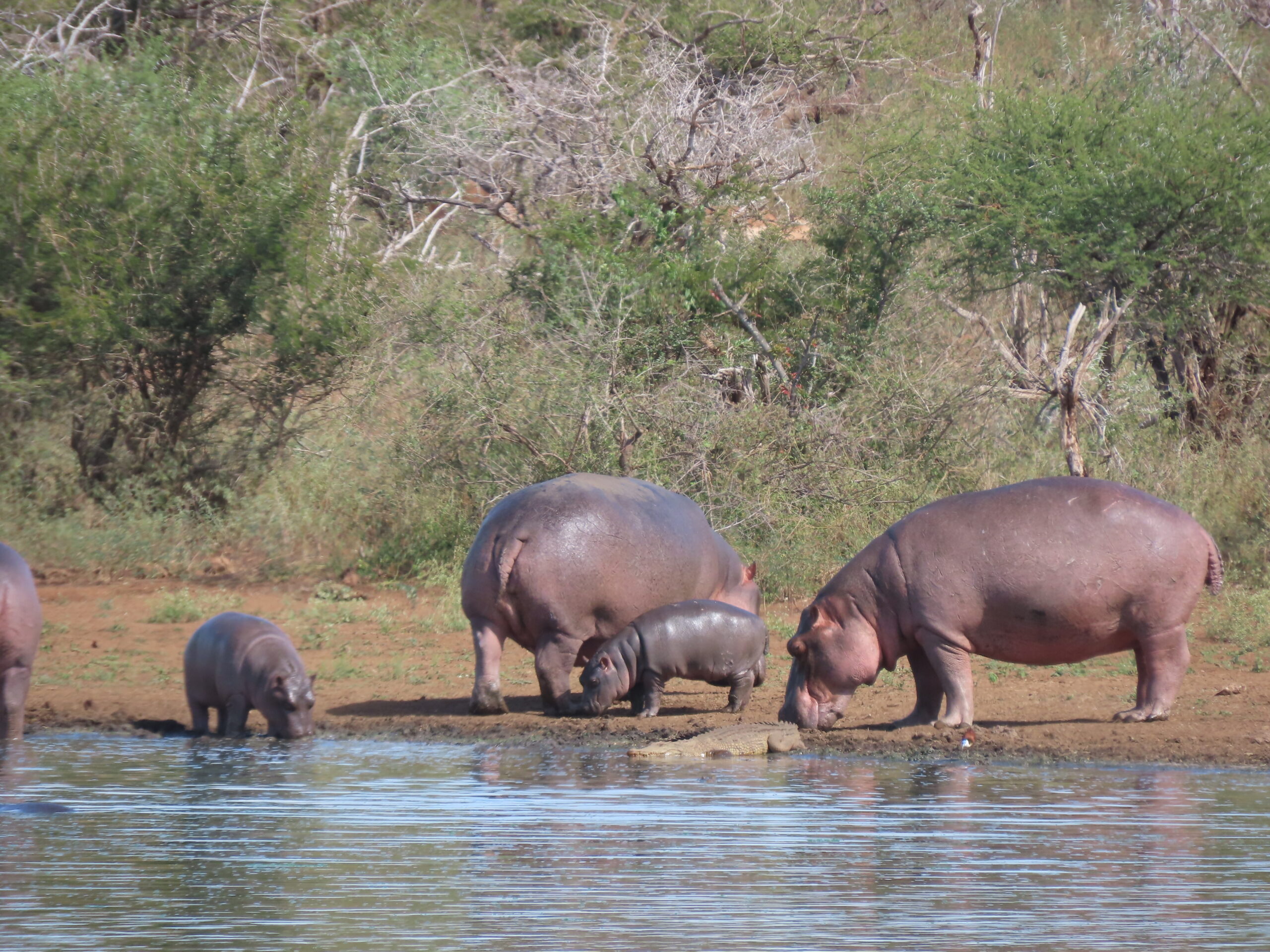
Most often, when on game drives (safaris), we only see hippos in the water. Having the opportunity to spend time watching them on land is entertaining and enriching, and we are grateful for the experience.

Seeing these hippos reminded us both of the first time we saw hippos in the wild when we first arrived in the Maasai Mara, in Kenya, in October 2013. We couldn’t resist sharing these hippo photos we took in the first hour we were in the Mara. See below:


Be well.
Photo from ten years ago today, May 19, 2015:


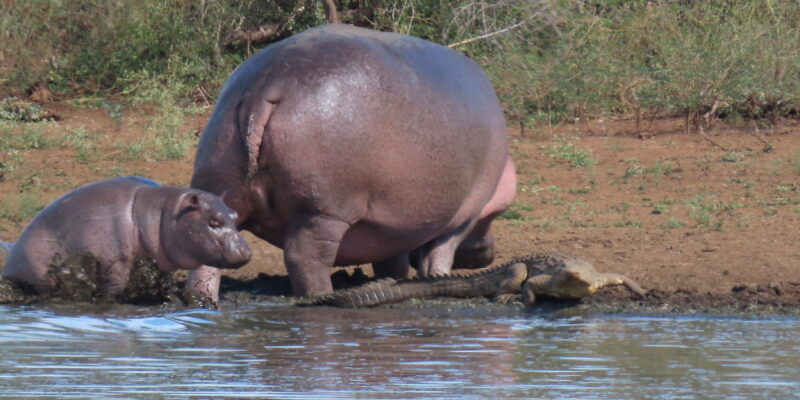

 Two hippos lounging in the Crocodile River.
Two hippos lounging in the Crocodile River.














